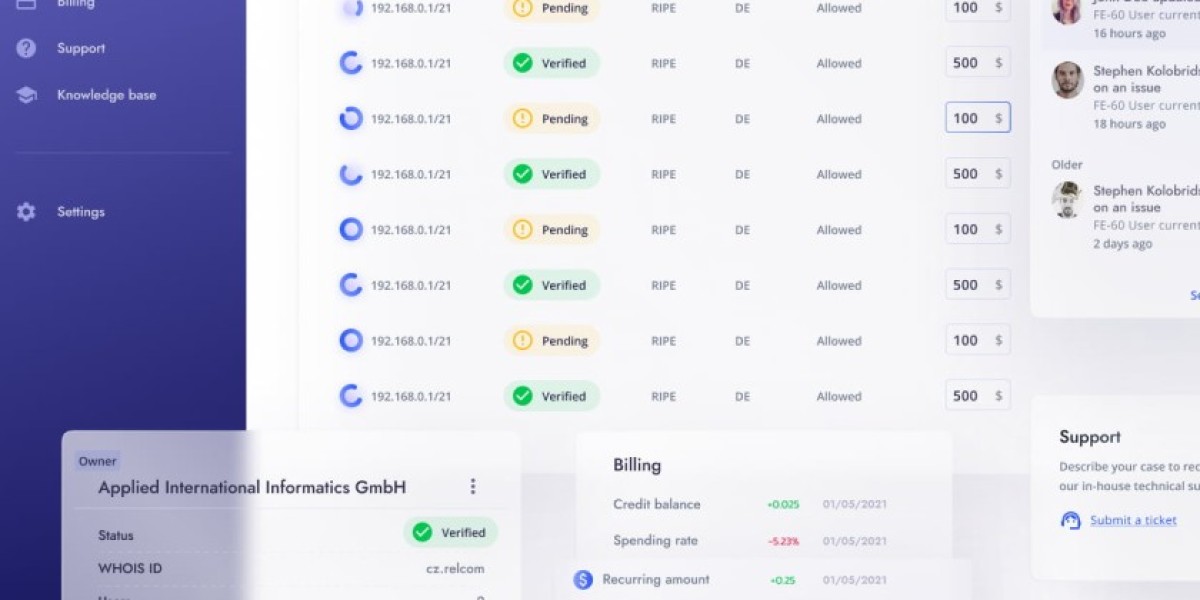In today’s competitive design and customization industry, mastering the art of surface wrapping is more valuable than ever. Vehicle wrap classes have long been a gateway for professionals to expand their skillsets and enter a booming market. But what if these same techniques could be applied beyond cars into interior spaces, furniture, and architectural surfaces? That’s where Samsung Interior Film enters the conversation.
What Are Vehicle Wrap Classes?
Vehicle wrap classes teach the fundamentals of vinyl wrapping: surface preparation, material handling, cutting, stretching, heat application, and finishing. These hands-on courses help installers understand how different films behave under tension and how to apply them cleanly and durably to complex curves and panels.
While traditionally focused on car exteriors, these classes also prepare professionals for a wider range of surface applications—especially with the rise of architectural films.
Why Samsung Interior Film?
Samsung Interior Film is a self-adhesive architectural surface material designed to transform walls, cabinets, doors, and even furniture. It mimics wood grains, metals, stone, and other premium finishes—all without the need for expensive materials or demolition.
Installers trained in vehicle wraps already possess the core skills needed to apply Samsung Interior Film. Both require precision, patience, and a deep understanding of how materials interact with different surfaces.
From Vehicles to Interiors: Expanding Your Service Offering
If you’ve completed vehicle wrap training, adding Samsung Interior Film to your offerings is a smart move. Interior films open the door to high-margin commercial and residential projects—think hotels, retail spaces, office renovations, and home upgrades. The demand for cost-effective surface refinishing is growing, and clients are often looking for sustainable, mess-free alternatives to traditional remodeling.
For wrap installers, this means:
New revenue streams beyond automotive
Greater project diversity and creative satisfaction
Minimal retraining, since many installation techniques overlap
Where to Start
Many wrap training programs now offer cross-training or specialty modules on architectural films. Some even feature Samsung Interior Film directly, letting you practice on real materials under expert guidance. Look for courses that emphasize:
Surface prep for indoor environments
Wrapping edges and corners on flat and textured substrates
Long-term adhesion and maintenance practices
Working in commercial interiors with time and dust constraints
The Future Is Wrapped
Vehicle wrap classes are no longer just about cars. With innovations like Samsung Interior Film, they’re a launchpad into the broader world of surface design. Whether you’re a seasoned wrap installer or a beginner looking to break into the field, expanding into interior applications can elevate your business and set you apart in a fast-changing industry.
Ready to wrap more than just cars? Learn the skills—and take your installations to the next level.








